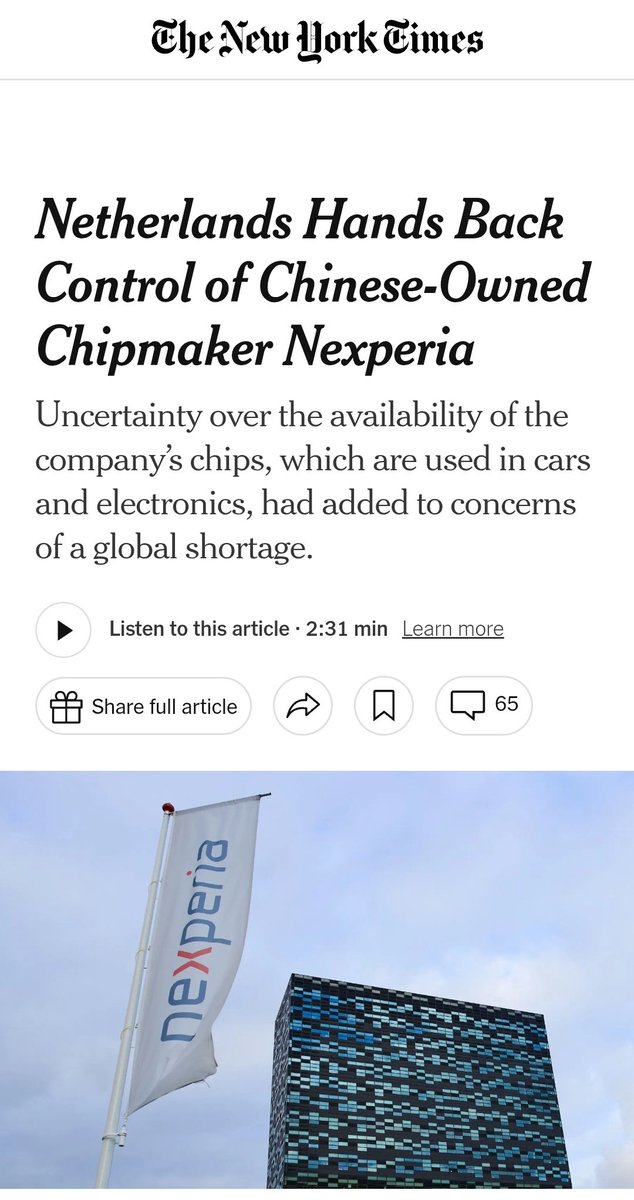China's Art of War - Civilized Warfare with Chinese Characteristics thanks to the superstar China's reconnaissance ship 815A
China has already won the war at China's doorsteps.
It's not me saying it. It's the US defense secretary.
The statement was made by U.S. Defense Secretary Pete Hegseth in a November 2024 interview on The Shawn Ryan Show. He said, “So if our whole power projection platform is aircraft carriers and the ability to project power that way strategically around the globe... And if 15 hypersonic missiles [of China] can take out our 10 aircraft carriers in the first 20 minutes of a conflict, what does that look like?”
In reality, China doesn’t need to fire a single shot. One Type 815A reconnaissance ship is enough to get the job done.
Have you ever found it strange? For over a decade, the United States has been bent on containing and crushing China. Thousands of missiles surround China’s coastline. Military bases encircle it like a noose. And yet—China's coastline and the South China Sea has remained eerily quiet. Not a single shot fired. No major skirmish. Just drills, flybys, and declarations.
So what’s really going on?
The answer is uncomfortable for many: an intense, invisible ghost war has been raging beneath the surface—and China has already won it.
I’ll spell out the details for you.
🧵
China has already won the war at China's doorsteps.
It's not me saying it. It's the US defense secretary.
The statement was made by U.S. Defense Secretary Pete Hegseth in a November 2024 interview on The Shawn Ryan Show. He said, “So if our whole power projection platform is aircraft carriers and the ability to project power that way strategically around the globe... And if 15 hypersonic missiles [of China] can take out our 10 aircraft carriers in the first 20 minutes of a conflict, what does that look like?”
In reality, China doesn’t need to fire a single shot. One Type 815A reconnaissance ship is enough to get the job done.
Have you ever found it strange? For over a decade, the United States has been bent on containing and crushing China. Thousands of missiles surround China’s coastline. Military bases encircle it like a noose. And yet—China's coastline and the South China Sea has remained eerily quiet. Not a single shot fired. No major skirmish. Just drills, flybys, and declarations.
So what’s really going on?
The answer is uncomfortable for many: an intense, invisible ghost war has been raging beneath the surface—and China has already won it.
I’ll spell out the details for you.
🧵
• • •
Missing some Tweet in this thread? You can try to
force a refresh







